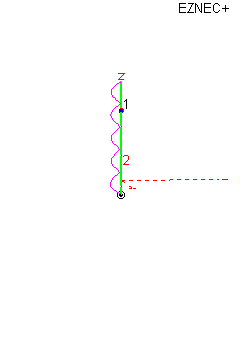if only we could have no mast and feedline in the real world, cheaper better lol,
the problem is even if you isolate the mast you still have feedline, w8ji says a choke or similar won't work unless you add radials, which eliminates the no radials isolated mast from the race leaving isolated mast + choked feedline + radials as the best of a bad bunch
the problem is even if you isolate the mast you still have feedline, w8ji says a choke or similar won't work unless you add radials, which eliminates the no radials isolated mast from the race leaving isolated mast + choked feedline + radials as the best of a bad bunch

